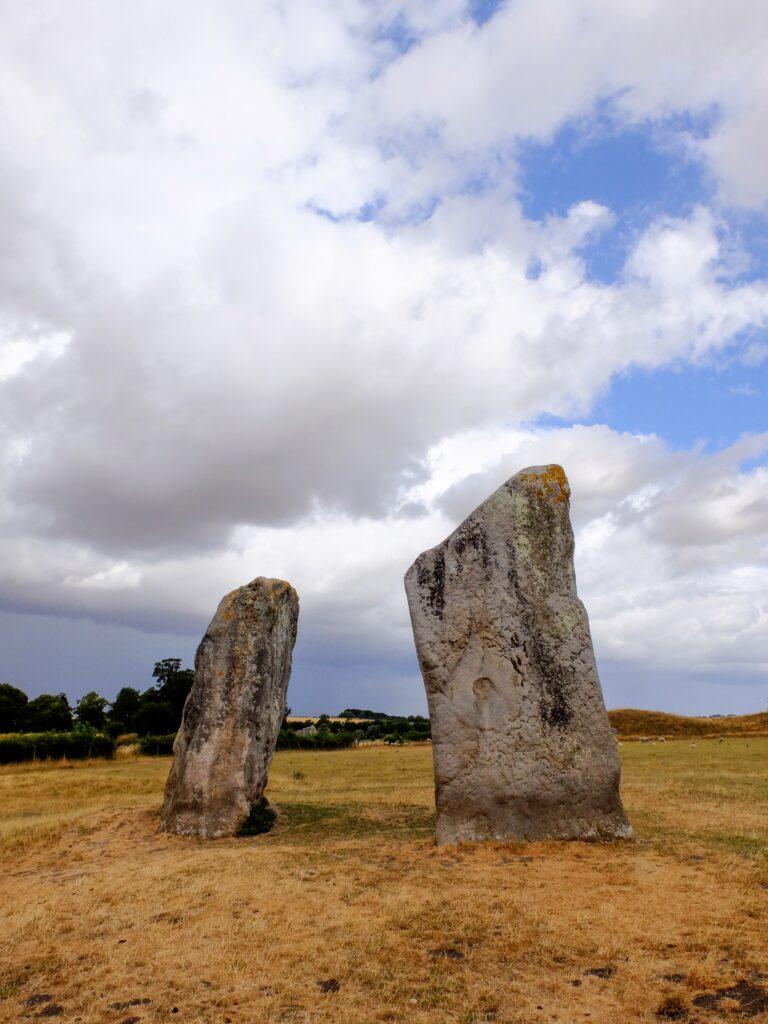12,000-Year-Old Pierced Pebbles May Be Earliest Known Spinning Tools
Discovery in Israel Sheds Light on the Origins of Rotational Technology
By Christa Lesté-Lasserre
A collection of perforated stones unearthed in northern Israel could represent the oldest known spindle whorls—a crucial innovation in textile production that may have paved the way for later inventions like the wheel.
Excavated from the Nahal Ein Gev II archaeological site near the Sea of Galilee, the 113 pierced pebbles date back 12,000 years, placing them in the Natufian period, a time when humans were transitioning from nomadic hunting to settled farming.
What Are Spindle Whorls?
Spindle whorls are small, weighted discs that attach to the bottom of a spindle, acting as a flywheel to maintain momentum while spinning fibers into yarn. Their invention marked a major leap in textile production, allowing for more efficient creation of clothing, nets, and other woven goods.
According to Talia Yashuv of the Hebrew University of Jerusalem, these ancient tools may also hold clues to the evolution of rotational mechanics—a principle later applied to pottery wheels and, eventually, cart wheels.
“When you look back to find the first vehicle wheels 6,000 years ago, it’s not like they appeared out of nowhere,” says Yashuv. “There was a long functional evolution behind them.”
How the Pebbles Were Studied
The artifacts, made from soft limestone and chalk, were found with holes drilled symmetrically from both sides—a technique that suggests deliberate crafting rather than accidental wear.
Key findings from the analysis:

- Holes were conical, created using flint hand drills, not modern tools.
- Perforations aligned with the center of mass, critical for balanced spinning.
- Failed attempts (off-center holes) were discarded, indicating purposeful production.
To test their theory, researchers crafted replicas and enlisted traditional spinner Yonit Kristal to experiment with flax. Despite the stones’ irregular shapes, they functioned effectively as whorls.
“She was surprised they worked because they weren’t perfectly round,” Yashuv notes. “But balance matters more than shape.”
Debate Over the Discovery
While the evidence is compelling, some experts remain cautious. Carole Cheval (Côte d’Azur University) points out:
- Spindle whorls operate more like tops than wheels.
- No microscopic wear patterns from fibers were documented.
Yashuv acknowledges that trace analysis was beyond the study’s scope but maintains that the pebbles’ features strongly suggest textile use.
Implications for Ancient Technology
If confirmed, these pebbles would be the oldest known spindle whorls, predating other candidates by millennia. They also highlight how:
- Early rotational tools may have inspired later inventions.
- Textile production was a driving force in technological innovation.
“People were experimenting with rotation long before wheels,” says Yashuv. “This could be one of the first steps.”
Further Reading:
- “The Natufian Culture: Bridge to Agriculture” – Journal of Anthropological Archaeology
- “From Spindles to Wheels: The Evolution of Rotational Tools” – Science Advances
Image Credits: Public domain reconstructions of Natufian tools.
This article is free to reproduce with attribution. For updates on ancient technology, follow #StoneAgeInnovations.

